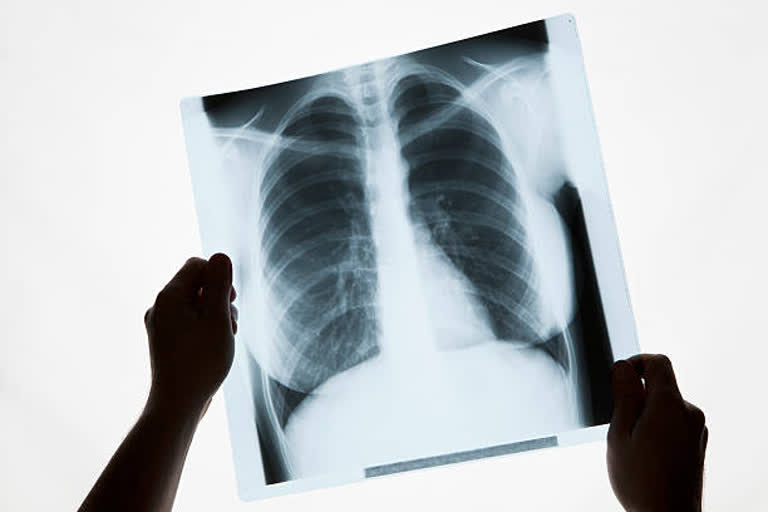New York: For patients dealing with lingering respiratory symptoms from the coronavirus, a simple chest X-ray can now reveal its impact on the lungs. The two-dimensional (2D) scans simply can't distinguish compromised lung function and a more expensive CT scan is necessary. In a new study, researchers at the University of Iowa have developed what is called a contrastive learning model.
This model "learns" from composite 2D images constructed from 3D CT images to detect compromised lung function in long-Covid patients. Another technique, called transfer learning, then conveys lung diagnostic information from a CT scan to a chest X-ray, thus allowing chest X-ray equipment to detect abnormalities the same as if those patients had used a CT scan.
"The new element to the model is taking information from 3D CT scans showing lung volume and transferring that information to a model that will show these same characteristics in 2D images," said Ching-Long Lin, Edward M. Mielnik and Samuel R. Harding from the Department of Mechanical Engineering in the College of Engineering at Iowa.
Also read: IIT Roorkee Researchers discover three antiviral molecules for treating COVID-19/SARS-COV2 virus
"Clinicians would be able to use chest X-rays to detect these outcomes. That's the bigger perspective," they said in a paper published in the journal Frontiers in Physiology. Small airways disease affects a network of more than 10,000 tubes at the nexus in the lung where oxygenated air mixes with blood to be carried throughout the body.
People with small airways disease have many of these vessels constricted, thus limiting the oxygen-blood exchange in the lungs, and impeding breathing overall. Lin and his team collected data points at two intervals in the CT lung scans - when the patient inhaled and when the patient exhaled. The researchers compared their results with a control group that had not contracted the virus as they created the contrastive learning model. "Our models successfully identified decreased lung function from long-Covid patients compared to those who had not gotten the virus," said Lin. Lin's team advanced the model so it could separate patients with small airways disease from those with more advanced complications, such as emphysema.
"The study demonstrated in an independent way that patients with post-Covid have two types of lung injuries (small airway disease and lung parenchyma fibrosis/inflammation) that are persistent after having recovered from their initial SARS CoV-2 infection," added Alejandro Comellas, a clinical professor of internal medicine-pulmonary, critical care, and occupational medicine. (IANS)
(This story has not been edited by ETV Bharat and is auto-generated from a syndicated feed.)



